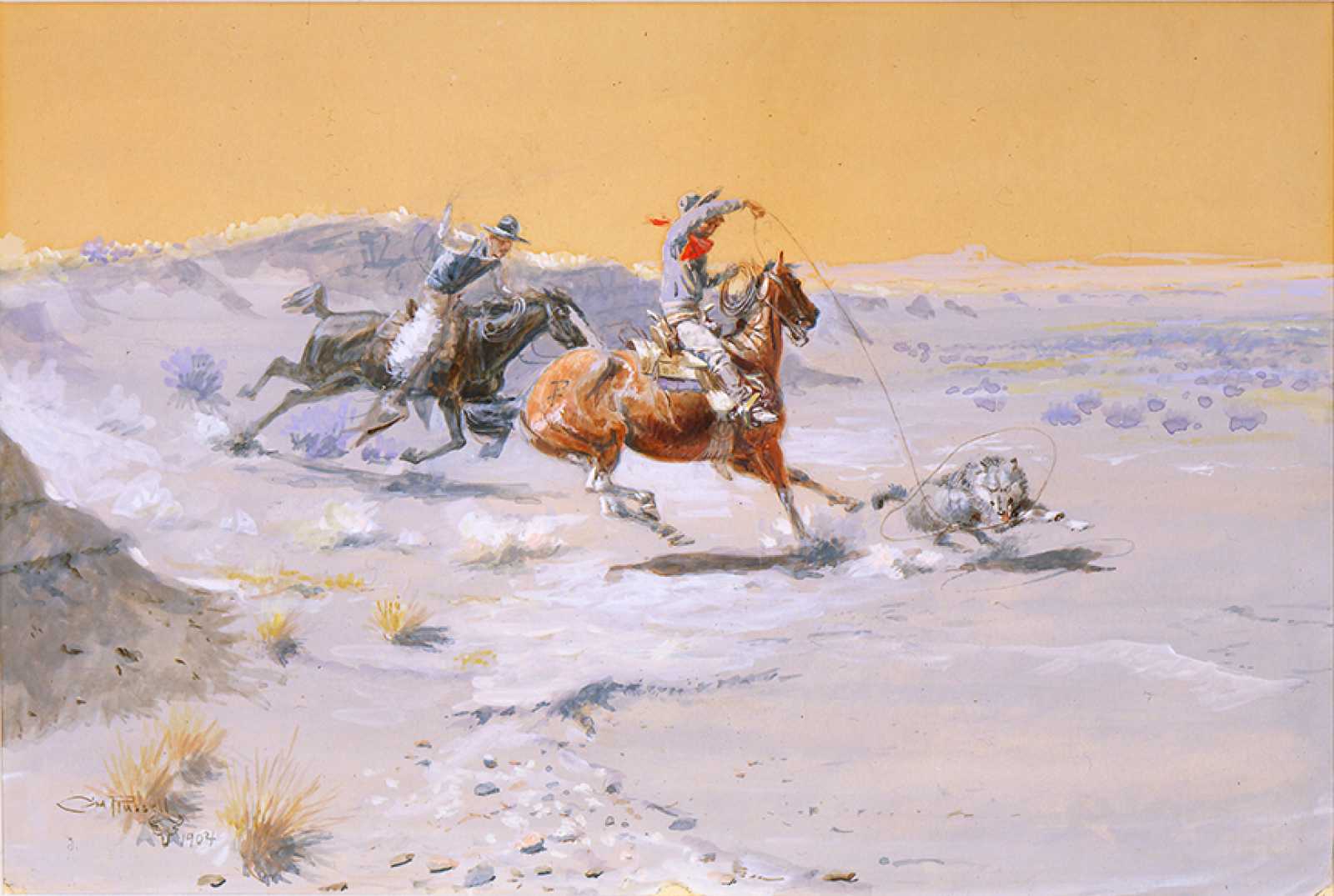Artwork of the Week
Henry Moore
Henry Moore’s formal training included study at Leeds School of Art and the Royal College of Art, London. However, he extended his education while living in London through exposure to a wide range of art works at the British Museum, including ancient Egyptian, Etruscan, pre-Columbian and African sculpture; and at the Victoria and Albert Museum, where he observed works by Auguste Rodin. Similarly, while visiting the Trocadero Museum in Paris, he was influenced by a cast of a limestone Chac Mool, a Mayan representation of the rain spirit depicted as a male reclining figure. These diverse objects had a profound impact on Moore's representations of the human form, as did the prevalence of abstract art in England beginning in the 1930s. As his work evolved, Moore became known for his reclining nudes, exemplified by the monumental Two Piece Reclining Figure No. 3, which is simultaneously representational and abstract.
In addition to his interplay of figuration and abstraction, Moore was known for his advances in Direct Carving, which involves working directly in a material rather than first preparing models and maquettes and having craftsmen construct the works from these plans. Through Direct Carving, artists attempt to remain true to their materials, working to bring out their inherent properties.
Henry Moore, British, 1898-1986, Two Piece Reclining Figure No. 3, 1961, bronze, edition 1/7, 54 ¾ x 99 x 45 ¾ in., Gift of Gwendolyn Weiner, 14-1996.
Charles Marion Russell
At the age of 15, Charles Russell—intrigued by stories of adventure and life on the far western frontier—declined his parents’ offer of a formal art education in favor of the rigorous life of a cowboy and wrangler on the open range of Montana Territory. Chaps, lasso, boots, and a well-trained horse became as essential to his life as the sketchbooks, pencils, brushes, and watercolors that he carried with him.
Painted in 1904 at the height of Russell’s productive period as a watercolorist, Roping a Prairie Wolf captures the stop-motion drama of two charging cowboys on horseback at the moment of lassoing a wolf. Indeed, the thrill of the chase and what Russell termed “moments of peril” became a recurring theme in his work.
Charles Marion Russell, American, 1864-1926, Roping a Prairie Wolf, 1904, watercolor and gouache on artist board, 11 x 16 inches, Gift of Mrs. Virginia H. Mayo Daniger, 1-1986.


